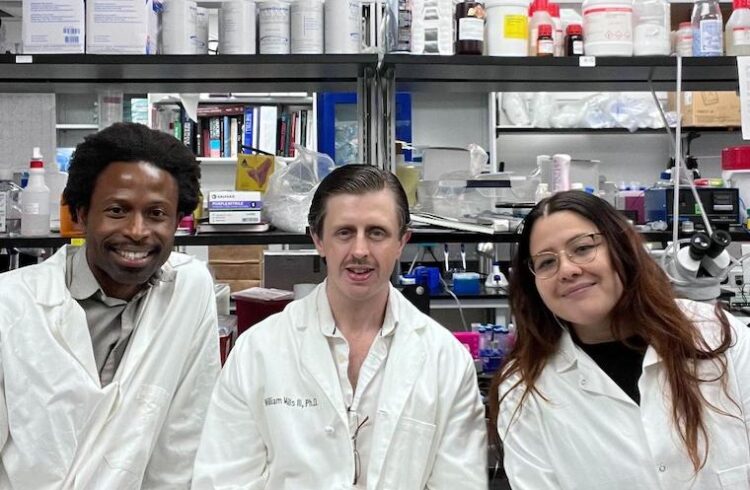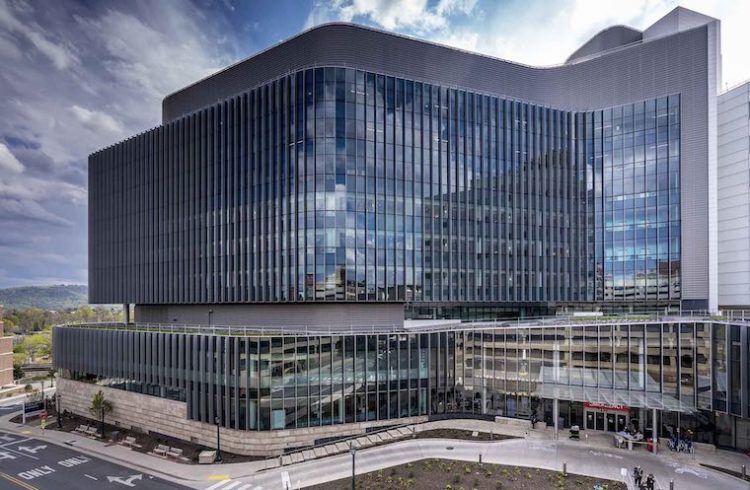
The adolescent and teen years can be tough enough without the disfiguring and activity-limiting effects of scoliosis. 18-year-old William Burnley knows this well. His diagnosis of scoliosis came after he couldn’t properly execute directions from his Tae Kwon Do instructor.
“Stand up straight, is what his instructor told him,” says Leonard Burnley, William’s father. “He replied that he was standing straight! After class, the instructor said that we should take him to a chiropractor.”
But William would need more than a chiropractor. When the Burnleys made their way to the University of Virginia’s Spine Center, they met with spine orthopaedic surgeon Dr. Vincent Arlet. They learned that William would need surgery to correct the curvature of his spine. Arlet answered their questions with help from a database he invented called Scolisoft.
“There is a lack of evidence-based information about treatment and outcomes for scoliosis,” says Arlet. “What little data there is comes mainly in the form of figures and charts.”
So Arlet changed that by creating Scolisoft to show clinical pictures and x-rays of different types of spine curvatures. Scolisoft is the largest international, online, spinal deformity database and the only database that carries clinical photographs of surgical patients taken before and after surgery. It also shares information on how each case was treated and the results experienced by each patient. Doctors from around the world can enter similar information about the cases they treat. All together, the information serves as a guide that helps surgeons make decisions about the type of care their individual patients need.
“When you get a new case that you can match with five identical cases in the database, you can see clearly what the best course of treatment was for that particular type of curvature,” Arlet says. “The extent of surgery that is needed varies. With information from the database, we can avoid giving too little surgical correction or too much surgical correction and we can determine exactly what is best for the patient.”
Scolisoft also lets patients see the type of spine curvature they have and the kinds of results they can expect after surgery. William got to see a photo of the type of curvature that matched his and was excited to see that how straight his back would become.
“I was really impressed by the pictures,” William says.
Scolisoft also has implications for medical education. Currently, medical students and residents learn by reviewing medical records, which is time consuming. With Scolisoft, they have a library of cases that they can review and learn from, with just a click of the mouse. Residents with access to the database also learn to set up research protocols. They can study patient satisfaction and body image information-items for which Arlet’s team will soon have data. Scolisoft is the only database of its kind in the world. Surgeons who use it give overwhelmingly positive feedback.
“Our next step is to increase the number of physicians who use the database and make Scolisoft the reference of choice for teaching, research, and patient education,” Arlet adds. Arlet and Mark Abel, pediatric orthopedic surgeon at University of Virginia have constantly been contributing their surgical cases to Scolisoft ever since it has been established at UVA.
Each year, scoliosis affects several thousand people-mostly teens. It is a complex deformity of the spine that can be either congenital or idiopathic. If left untreated, scoliosis can worsen or result in respiratory compromise.
For more information about scoliosis or Scolisoft, contact Vasantha Reddi at 434.243.5382 .


